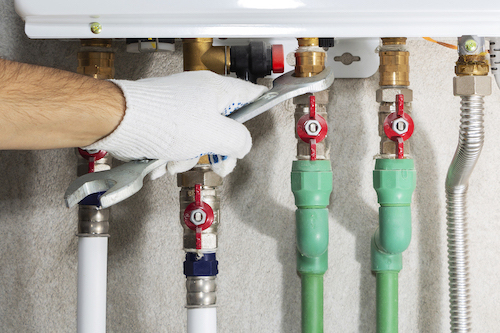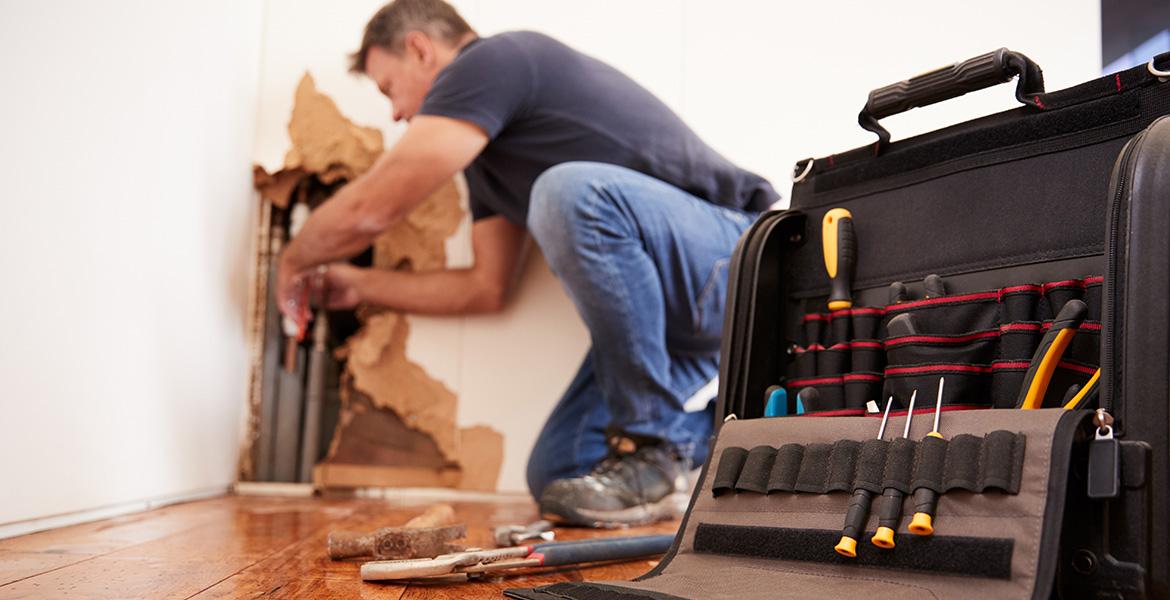Just how do you really feel about What to Know Before Installing a Dishwasher?

A ruptured pipe is a major emergency; you can just stand as you watch water you pay very much to rejoin with the earth. In even worse cases, you discover a swimming pool on your cooking area floor, which is an excellent trip risk, specifically if you have kids around. If the pipeline that burst was in your walls, trouble: you may require to repaint that whole area.
Exactly how can a tragedy like a burst pipeline be prevented as well as taken care of? Well, by listening to your specialist emergency plumbings as well as complying with these regulations.
How do I understand when my pipelines have burst?
Varying water pressures
Pipelines do not simply burst in a day. You might have noticed that your kitchen area faucet or shower doesn't run right away when you transform the faucet. It may stop for a couple of seconds and after that blast you with even more pressure than usual.
In other circumstances, the water might seem typical in the beginning, after that decrease in stress after a few seconds.
Damp wall surfaces as well as water discolorations
Before a pipe bursts, it will certainly leakage, most times. If this persistent leaking goes undetected, the leakage might graduate into a broad tear in your pipeline. One easy way to avoid this emergency is to watch out for damp walls advertisement water discolorations. These water discolorations will lead you right to the leakage.
Puddles under pipelines and sinks
When a pipe ruptureds, the discharge forms a puddle. It might show up that the puddle is growing in size, and also no matter how many times you mop the pool, in a couple of minutes, there's another one waiting to be cleaned up. Commonly, you might not have the ability to map the puddle to any visible pipelines. This is an indicator to call an expert plumber.
Untraceable trickling sounds
Pipeline bursts can happen in the most undesirable areas, like within concrete, inside wall surfaces, or under sinks. When your house goes silent, you may be able to hear an irritatingly relentless trickling sound. Also after you've checked your shower head and cooking area faucet, the dripping may continue.
Dear reader, the trickling might be originating from a pipeline inside your wall surfaces. There isn't much you can do about that, except tell an expert plumber.
Shut off the Water
When water freezes, it expands in volume by about 9 percent. And it expands with tremendous force: The pressure inside pipes may go from 40 extra pounds per square inch to 40,000 psi! No pipeline can hold that much pressure, so it breaks open. The break may occur where the ice forms, but more often, it happens where water stress discovers a vulnerable point in the pipe. That may be inches or even feet from the frozen area. Locate the water shutoff valve and also switch off the water to prevent more damage. You might also require to shut down the power too, depending upon where the leaks takes place and also exactly how huge it is.
Contaminated water
Many individuals presume a ruptured pipe is a one-way outlet. Fairly the contrary. As water drains of the hole or gouge in your plumbing system, contaminants discover their way in.
Your water might be polluted from the resource, so if you can, inspect if your water tank has any kind of issues. Nonetheless, if your alcohol consumption water is supplied and also cleansed by the city government, you must call your plumber quickly if you see or scent anything funny in your water.
What do I do when I detect a burst pipeline?
Your water meter will continue to run also while your water wastes. To reduce your losses, find the primary controls and transform the supply off. The water mains are an above-ground framework at the edge of your building.
How to Fix & Detect a Leaking Pipe
How Do I Know if a Pipe is Leaking?
Leak detection tests can help you determine if your pipe has a leak. Even if you don’t see an apparent leak, you should still conduct leak detection tests regularly to save water and money—and prevent major damage to your home.
Water meter. It can be helpful to figure out what your usual water meter usage numbers are and then monitor them regularly. To monitor your meter, first, turn off all water faucets in your home. Check the meter and write down the numbers. In a few hours, check the meter again. If the numbers have changed, you have a leak. Water gauge. Use a water gauge to test your water pressure. Your showerhead should produce a certain amount of water pressure based on its model and design. If the pressure is lower than it is supposed to be for that specific showerhead, your home likely has a leak. Puddles. Look inside your bathroom, laundry, and kitchen sink cabinets. Puddles around the cabinets or around toilets, tubs, showers, and washing machines indicate the presence of a leaking pipe. You may also notice loose tiles, peeling or flaking paint, or mold caused by water accumulation. Napkin test. Even if you don’t see any puddles, you may still have a leak. You can test for water leaks in the bathroom, laundry, and kitchen by wiping below-sink connections with a napkin, paper towel, or piece of toilet paper. If it becomes damp, you probably have a leaking pipe under the sink. Discolored walls. Walls that are discolored—usually with brown or yellow stains—or bulging might mean that they have been impacted by water damage caused by a leaking pipe. Smell. A leaky pipe will create sitting water, and over time, that water may develop a musty smell. If your home smells musty, but you can’t locate the source, it may be due to a leak. Steps for Fixing a Leaking Pipe
A leaky drain can be remedied by tightening the pipe base, replacing the drain seal, caulking the rim, and tightening the pipe nut. Similarly, a leaking toilet pipe can be treated by tightening the packing nut. You may also need to replace the valve. A leaky faucet may just need tightening or replacement of the washers. If that doesn’t work, consider replacing your faucet. If your pipe has a hole in it, you may want to use a pipe leak sealer or pipe leak tape. This quick fix for water pipe leaks can also temporarily fix a copper pipe leak. https://www.ahs.com/home-matters/quick-tips/how-to-tell-if-pipes-are-leaking/

I discovered that entry on How to install a dishwasher safely while scouting around the web. Do you know about somebody who is serious about the topic? Take a moment to share it. I take joy in reading our article about What to Know Before Installing a Dishwasher.
Book Today